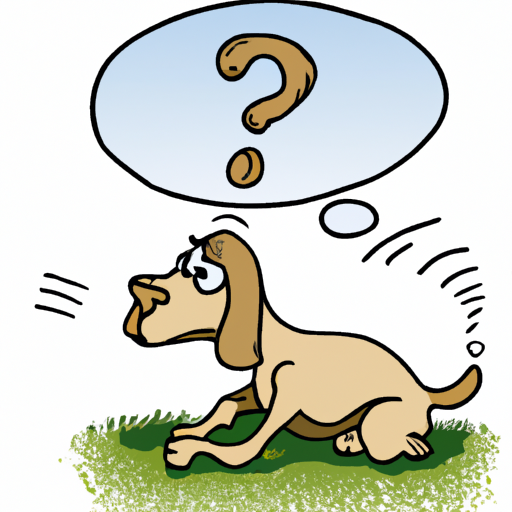Have you ever noticed your furry friend dragging its bottom across the floor? This behavior, commonly referred to as “scooting,” can seem peculiar, or maybe even comical, but it often signifies a health issue that requires your attention as a caregiver.
1. Understanding Scooting
Scooting is when your dog drags its anus across the ground. This usually happens because of irritation in the area. While it might seem like your dog is just trying to scratch a hard-to-reach itch, persistent scooting warrants a closer look.
Dogs have two small sacs located on either side of their anus. These sacs, known as anal glands, produce a smelly substance that dogs use to mark their territory. Occasionally, these glands can become clogged, leading to discomfort and scooting.
- Infection or Inflammation: If the anal glands become infected or inflamed, they can cause significant discomfort for your pet.
- Parasites: Another common cause of scooting is parasites like worms or fleas.
- Allergies: Allergies can also lead to scooting, as they can cause skin irritation and itching.
2. Identifying the Signs
Aside from the obvious sign of your dog dragging its bottom across the floor, there are other indications of potential anal gland issues:
- Chasing or licking the tail
- Difficulty sitting
- Swelling around the anus
- Bloody or yellowish discharge
If your pet exhibits any of these symptoms, a visit to the vet is advised.
3. Treatment and Prevention
Depending on the cause, treatment options may vary:
- Anal Gland Expression: This is a procedure usually performed by a vet where the anal glands are manually emptied.
- Medication: If the problem is due to an infection, medication may be prescribed.
- Diet: A high-fiber diet can help prevent anal gland issues by promoting regular bowel movements.
To prevent future issues, regular vet check-ups and a balanced diet can be beneficial.
4. When to Seek Veterinary Help
As a rule of thumb, any persistent behavior change in your pet should warrant a veterinary consult. If your dog is scooting and showing signs of discomfort, it’s time to make an appointment.
| Symptoms | Action |
|---|---|
| Persistent scooting | Visit the vet |
| Bloody or yellowish discharge | Visit the vet |
| Noticeable discomfort | Visit the vet |
5. Frequently Asked Questions
Q: Can I express my dog’s anal glands at home?
A: While it’s technically possible, it’s not recommended due to the risk of causing injury or infection. It’s best to leave this to professionals.
Q: Can scooting be prevented?
A: Regular vet check-ups and a balanced diet can help prevent many causes of scooting.
Q: Is scooting always a sign of a health problem?
A: While occasional scooting can be normal, persistent or frequent scooting should be checked by a vet.
In conclusion, scooting is a behavior that needs your attention as a caregiver. It’s not just an odd doggy quirk, but a sign that your pet may need medical help. Always remember, your pet’s health and comfort rely on your vigilance and care.



